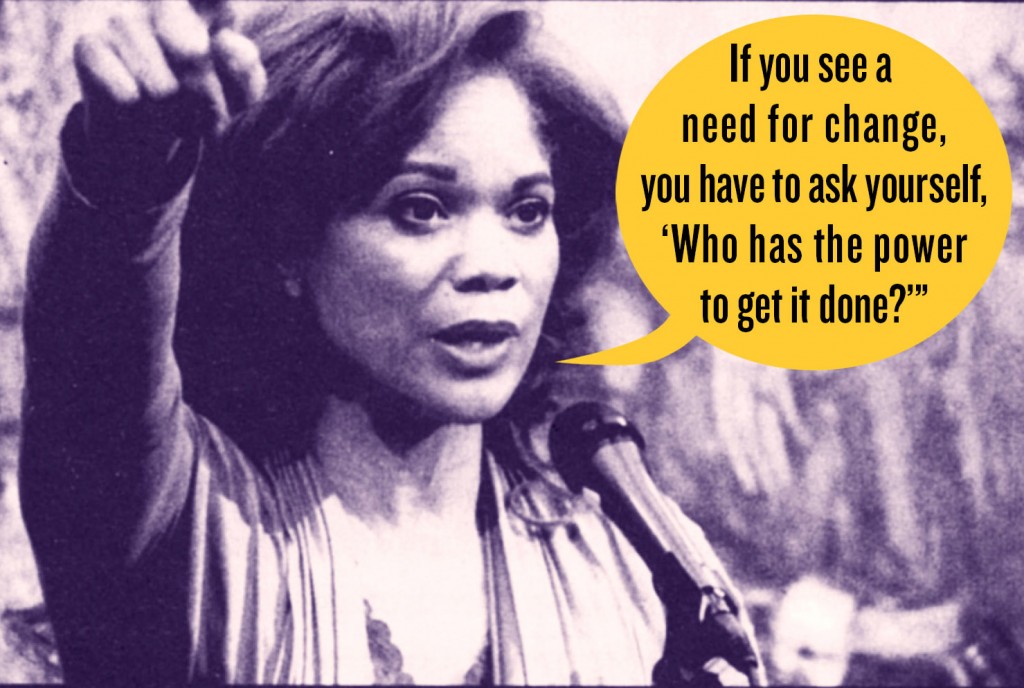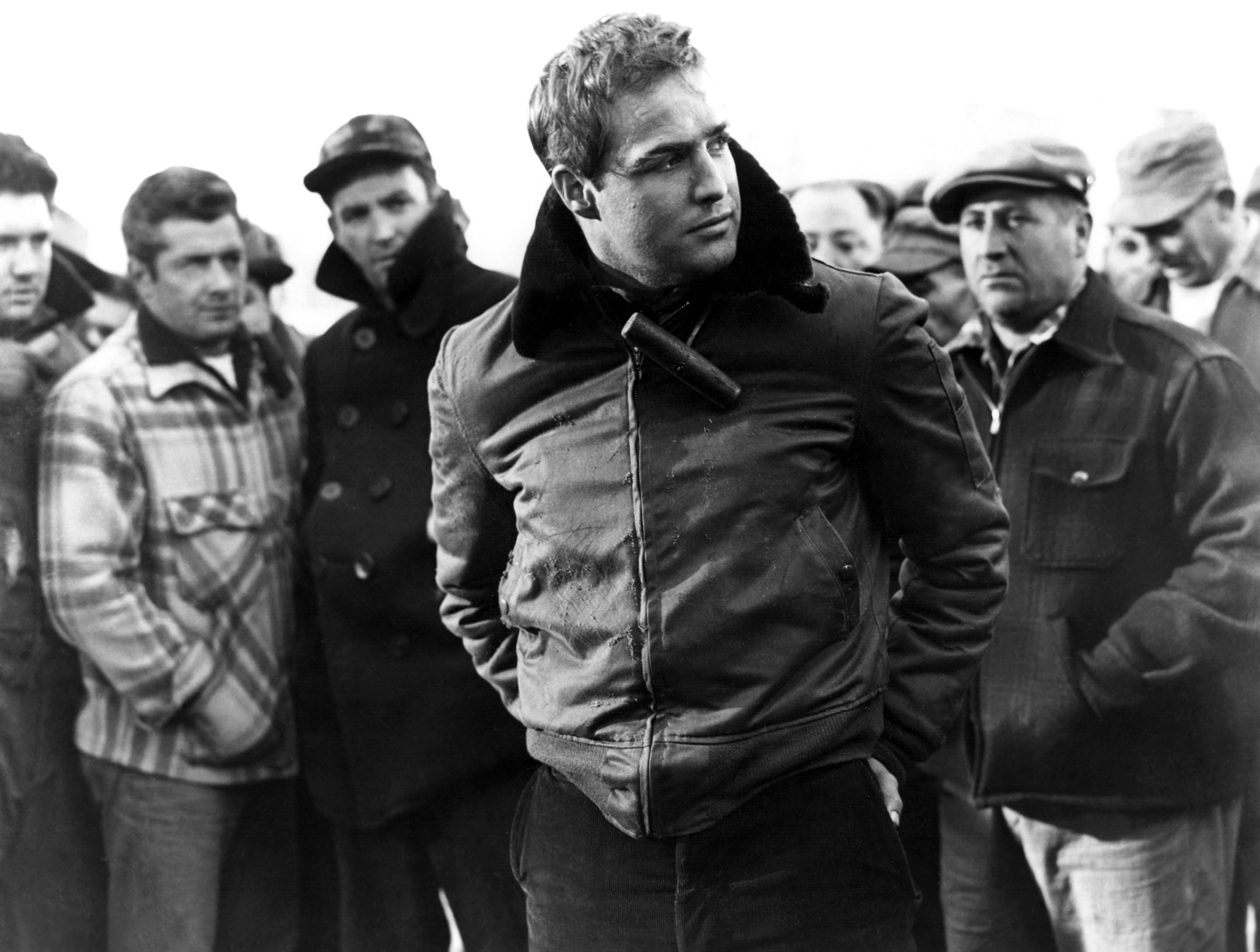Eugene Hutz, Ukranian frontman of the Gogol Bordello, talks about embracing chaos, setting your own standard, finding a creativity stream that never runs dry and how only boring people get bored.

Gogol Bordello puts on some of the most transcendently sweat-drenched, crowd-inciting shows, but how do they keep reinventing themselves after nearly 15 years of non-stop touring all over the world?
We first saw the band Gogol Bordello in 2000 at the National Restaurant and Night Club, a glitzy supper club that caters to Russian immigrants in Brighton Beach. The lead singer and hyperactive Ukranian frontman of the band, Eugene Hutz, wore an upcycled tux jacket over his bare chest, leggings, high tops and floppy rabbit ears as he stalked back and forth across the stage like a madman on amphetamines, walking precariously out over the crowd on top of a hand-held gang plank and shimmying up and down his mike stand, belting out tunes like a Russian born Iggy Pop raised on Berthold Brecht. The songs were melodic mash-ups of Russian and Roma folk tunes bashed out with a punk sensibility, Hutz on acoustic guitar accompanied by horns, electric guitar, drums, an accordion, a mad fiddler sharing the stage with a Romanian belly dancer and two lithe performers in costumes straight out of a Russian Constructivist fashion show who acted out the lyrics as they banged on a bass drum with mallets and clanged oversized marching band cymbals.
What did it all mean? We had no idea. But we were in love.
We saw every New York City concert the band played for the next few years, most of them in small venues where their possessed fans—most of them from Eastern Europe, Russia or Latin America—would hooliganize in the mosh pits, dance on tables and pass Hutz around the crowd as he rode around on top of a bass drum turned on its side. In 2001, Gogol Bordello played late into the night out in the dark in upstate New York down a road called Mink Hollow. There was a full moon. There was a bear. It was our wedding. And when it came time to cut the cake and some of our more genteel family members expressed a preference to do it without the accompaniment of Hutz and his noisy band, Hutz growled into the mike, “I got a song for cuttin’ the fucking cake.” Continue reading “What You Can Learn About Embracing Chaos from Gypsy Punk Genius Eugene Hutz of Gogol Bordello”





